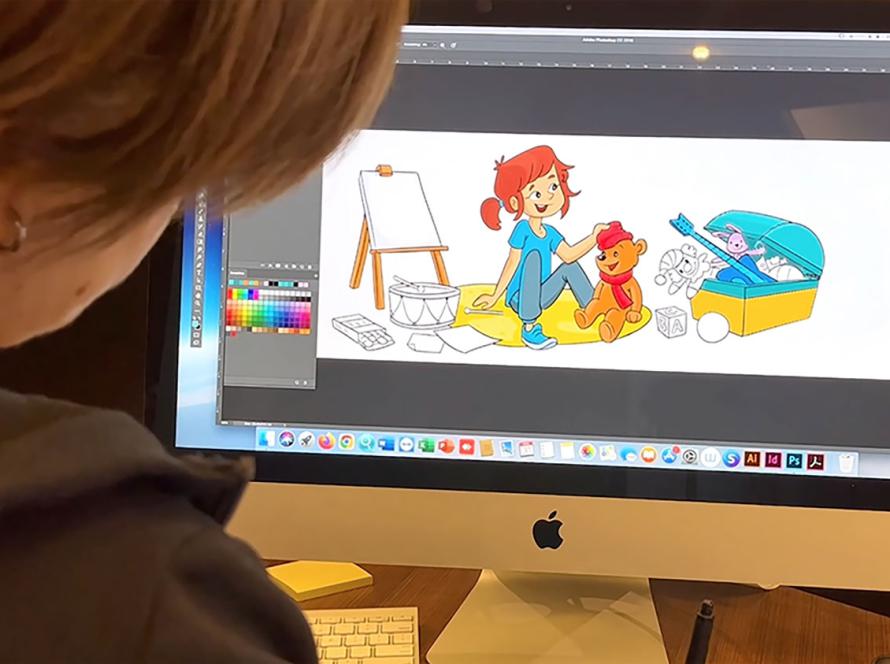Ever notice how some kids just seem to “get” things intuitively? That ability to read situations and people is actually a skill you can help develop in your child. It’s all about tapping into emotion-based learning. By nurturing your kid’s emotional intelligence, you’re giving them a superpower to navigate life. Think of it as equipping them with an internal compass that goes beyond just facts and figures. Ready to unlock your child’s intuitive potential? Let’s dive into some practical ways you can help your children foster emotion-based learning at home and in the classroom. Both you and your little one will reap the rewards.
The Importance of Emotion-Based Learning for Children
Emotion-based learning is a game-changer when it comes to helping your child grow up into a well-rounded individual. By tapping into their emotional intelligence, you’re not just teaching them facts and figures – you’re nurturing their intuition and helping them navigate the complex world of feelings.
Building Emotional Intelligence
When you encourage emotion-based learning, you’re giving your child the tools to understand and manage their own emotions. This isn’t just about recognizing feelings; it’s about developing the intuition to respond appropriately in various situations. As children grow up, this skill becomes invaluable in both personal and professional settings.
Fostering Empathy and Connection
By focusing on emotions, you’re also teaching your child to recognize and respond to the feelings of others. This builds empathy, a crucial skill for forming meaningful relationships and succeeding in team environments. It’s not just about book smarts – it’s about creating well-rounded, emotionally intelligent individuals who can thrive in our interconnected world.
How to Foster Intuition in Children Through Emotion-Based Activities
Developing your child’s intuition through emotion-based learning can be a fun and rewarding journey. By engaging in activities that tap into their emotional intelligence, you’re helping children grow into more empathetic and self-aware individuals.
Encourage Emotional Expression
Start by creating a safe space where your child feels comfortable expressing their feelings. Use simple games like “emotion charades” or “feelings faces” to help them identify and articulate different emotions. This practice builds the foundation for intuitive understanding of others’ emotions.
Practice Mindfulness Together to Help Children Foster Intuition Through Emotion-Based Learning
Introduce mindfulness exercises tailored for children. Simple breathing techniques or guided imagery can help them tune into their inner world. These practices enhance their ability to recognize subtle emotional cues, both in themselves and others.
Storytelling with Heart
Reading stories that focus on characters’ feelings can be a powerful tool for emotion-based learning. Pause during story time to discuss how characters might be feeling and why. This helps children develop empathy and intuition about others’ emotional states as they grow up.
Remember, fostering intuition in children is a gradual process. By consistently incorporating these emotion-based activities into your daily routine, you’re setting the stage for your child to develop strong intuitive skills that will serve them well throughout life.
Creating an Emotionally Supportive Environment for Your Child's Growth
As parents and educators, fostering emotion-based learning is crucial for developing a child’s intuition. By creating a safe and nurturing space, we can help children explore their feelings and grow emotionally.
Encourage Open Communication
Make time for regular check-ins with your child. Ask open-ended questions about their day, feelings, and experiences. This practice helps children become more comfortable expressing themselves and builds trust.
Validate Their Emotions to Help Children Foster Intuition Through Emotion-Based Learning
When your child shares their feelings, resist the urge to dismiss or minimize them. Instead, acknowledge their emotions and help them understand that all feelings are valid. This approach supports healthy emotional development as children grow up.
Model Emotional Intelligence
Children learn by example, so demonstrate how to handle your own emotions in a healthy way. Share your feelings and explain how you cope with different situations. Discuss with them how you’re feeling and how you should react depending on the emotions of the moment. Over time, children will start copying you and try to find their own coping mechanisms. This modeling helps children develop their own emotional intelligence and intuition.
Create a Safe Space for Expression to Help Children Foster Intuition Through Emotion-Based Learning
Designate a cozy corner or quiet area where your child can go to process their emotions. Stock it with calming items like stuffed animals, books, or art supplies. Teach your child to head there when they need some time to think or process their emotions. This space can become a valuable tool for emotion-based learning and self-regulation.
Conclusion
So there you have it – emotion-based learning can be a powerful tool for developing your child’s intuition and emotional intelligence. By tapping into their feelings and helping them understand emotions, you’re setting them up for success in all areas of life. Remember, it’s not about perfection, but progress. Start small, be patient, and celebrate the little victories along the way. Your child’s emotional growth is a journey, and you’re their guide. So trust your own intuition, have fun with it, and watch as your little one blossoms into an emotionally aware and intuitive individual. You’ve got this, parent!








